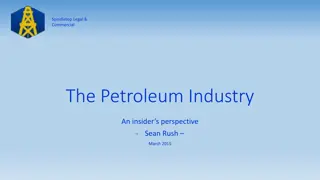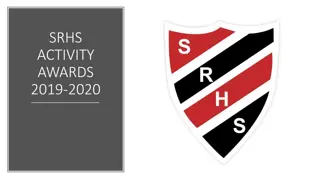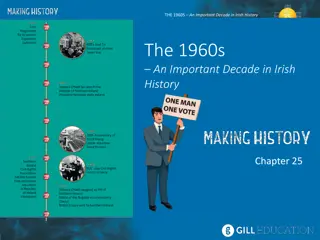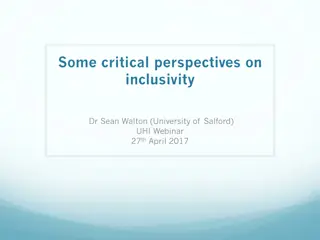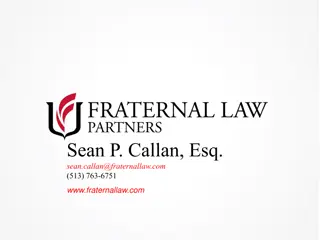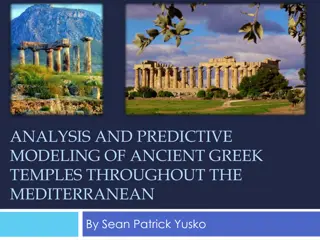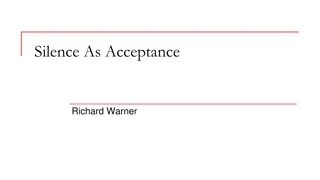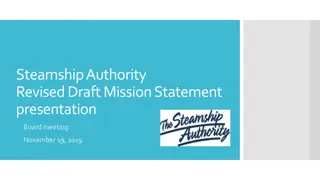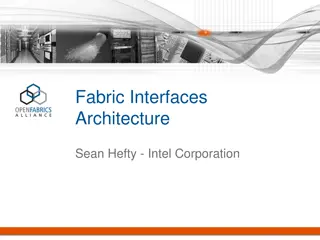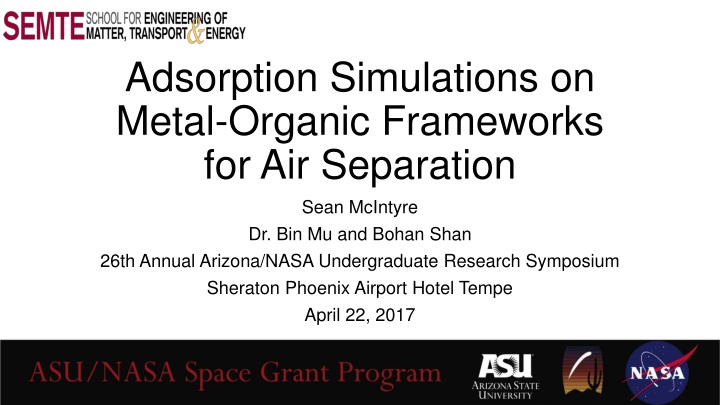
Metal-Organic Frameworks for Air Separation: Adsorption Simulations
Explore the design of metal-organic frameworks (MOFs) for preferential oxygen adsorption over nitrogen using molecular simulations. Assessing the accuracy of force fields and examining the adsorption behavior of different MOFs towards oxygen and nitrogen. Results showcase accurate isotherm predictions for specific MOFs like UMCM-1 and MOF-177, with insights into the selective binding of O2 in MOF-74 and UiO-66.
Download Presentation

Please find below an Image/Link to download the presentation.
The content on the website is provided AS IS for your information and personal use only. It may not be sold, licensed, or shared on other websites without obtaining consent from the author. If you encounter any issues during the download, it is possible that the publisher has removed the file from their server.
You are allowed to download the files provided on this website for personal or commercial use, subject to the condition that they are used lawfully. All files are the property of their respective owners.
The content on the website is provided AS IS for your information and personal use only. It may not be sold, licensed, or shared on other websites without obtaining consent from the author.
E N D
Presentation Transcript
Adsorption Simulations on Metal-Organic Frameworks for Air Separation Sean McIntyre Dr. Bin Mu and Bohan Shan 26th Annual Arizona/NASA Undergraduate Research Symposium Sheraton Phoenix Airport Hotel Tempe April 22, 2017
Introduction Metal-organic frameworks are novel porous adsorbents that can be used for gas separation 2 kind of building blocks: metal centers and organic linkers How can we design metal-organic frameworks (MOFs) that preferentially adsorb oxygen over nitrogen? Use knowledge of chemistry to assemble optimized structures to serve this purpose Problem: millions of combinations of building blocks are possible Solution: molecular simulations!
Objectives Assess the accuracy of generic force fields to describe the interactions between oxygen/nitrogen and MOFs Emphasis on Ability to distinguish between nitrogen-selective and oxygen- selective physical adsorption in MOFs using pure oxygen and nitrogen adsorption isotherms Ability to detect chemical adsorption of oxygen in MOFs based on heat of adsorption data
Methods Grand Canonical Monte Carlo (GCMC) adsorption simulations were executed using RASPA molecular software Structural data of the material were defined using crystallographic information files Universal force field and DREIDING force field parameters were utilized for atomistic interactions Non-bonding van der Waals and electrostatic parameters This is the conventional approach for adsorption simulations in MOFs
Results UMCM-1 (Zn metal + btb ligand) MOF-177 (Zn metal + btb ligand) Mu, B., et al.; Gas Adsorption Study on Mesoporous Metal- Organic Framework UMCM-1; J. Phys. Chem. C 2010, 114, 6464 6471. Li, Y., et al.; Gas Adsorption and Storage in Metal-Organic Framework MOF-177; Langmuir 2007, 23, 12937-12944 Particularly accurate prediction of isotherms for these MOFs
Results MOF-74 (Fe metal + dobdc ligand) UiO-66 (Zr metal + bdc ligand) Bloch, E.D., et al; Selective Binding of O2 over N2 in a Redox- Active Metal-Organic Framework with Open Iron(II) Coordination Sites; J. Am. Chem. Soc. 2011, 133, 14814 14822. Reported heat of adsorption of MOF-74: -41 kJ/mol Simulation heat of adsorption: -12 kJ/mol Piscopo C.G., et al.; Positive effect of the fluorine moiety on the oxygen storage capacity of UiO-66 metal organic frameworks; New J. Chem., 2016, 40, 8220 224. Nitrogen selectivity not predicted
Conclusion Generic force fields adequately predicted physical adsorption of various MOFs The force fields must be modified in order to screen for nitrogen-selectivity or oxygen chemisorption Future work will involve the development and comparison of more advanced force field Goal to propose a computationally-efficient means of screening for nitrogen-selectivity and chemisorption in MOFs
Acknowledgements Bin Mu Bohan Shan Tom Sharp Desiree Crawl School for Engineering of Matter, Transport, and Energy NASA NASA Space Grant Research Fellowship







